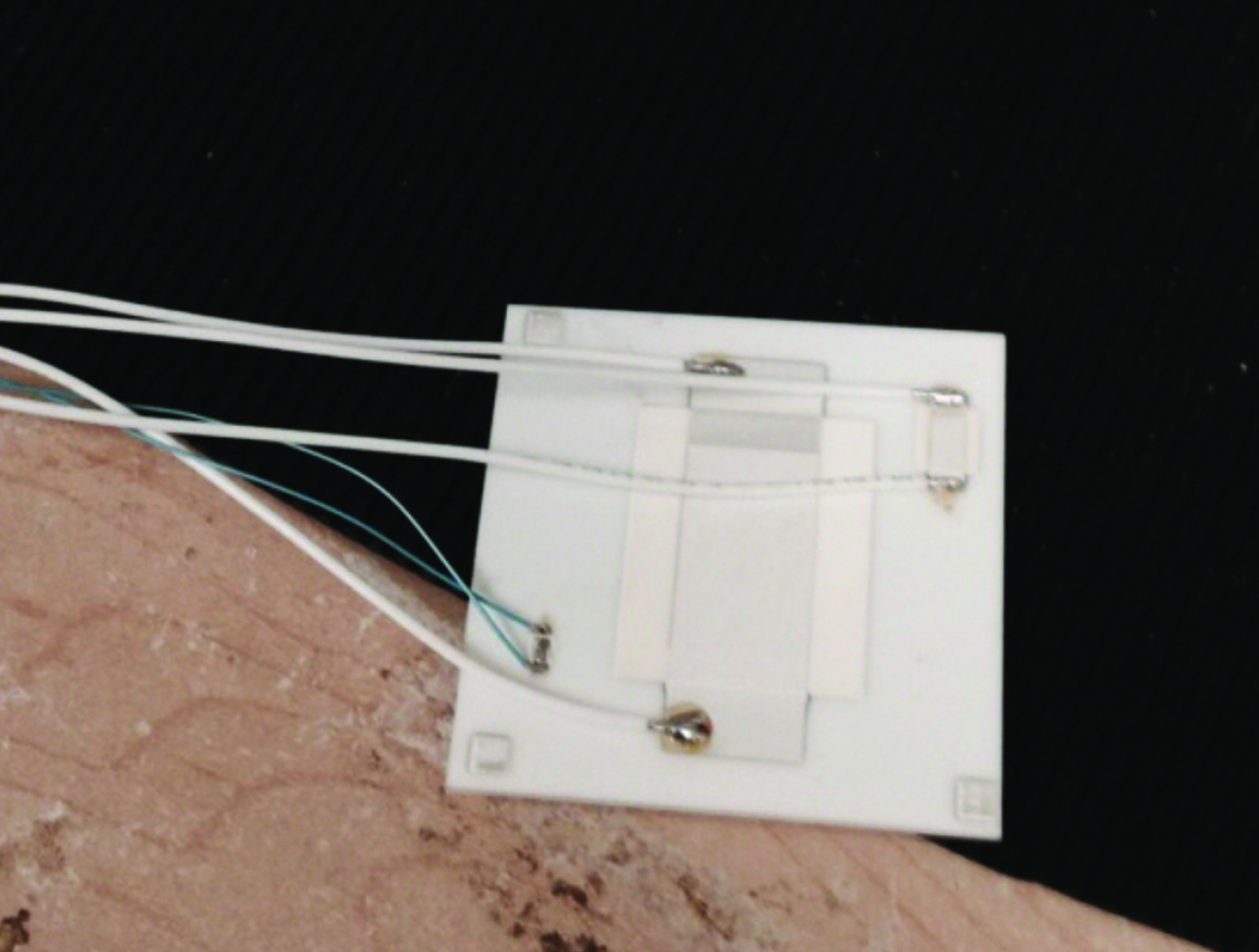Search
Sensors

Novel Solid-State Humidity Sensor
NASAs novel ceramic dielectric material enables extremely high-sensitivity humidity sensing. The ceramic sensing element is robust, can be manufactured using printing processes, and exhibits fast response and recovery speeds with large capacitance and resistance response/change per relative humidity unit change across a wide range of humidity levels in a log-linear response. Preliminary test data conducted in a humidity test chamber show a log-linear measured response in capacitance from 5 nanofarads (at 30% relative humidity, room temperature) to 0.2 millifarads (at 90% relative humidity, room temperature).
The inventors discovered the humidity sensing element technology during their efforts to develop next-generation energy storage materials and devices for NASA. The inventors were initially puzzled by large swings in capacitance observed over the course of any given day in one particular dielectric composition, and, ultimately, they were able to trace these unexpected changes in capacitance back to corresponding changes in ambient humidity, even those occurring from breathing and exhalation.
The sensor element can be formed using a dielectric ink or paste formulation, also developed by NASA, via traditional screen printing or advanced ink jet, aerosol, or 3D printing methods. The printed sensor element can be very thin, on the order of microns in thickness, with a small footprint, one square centimeter or less.



